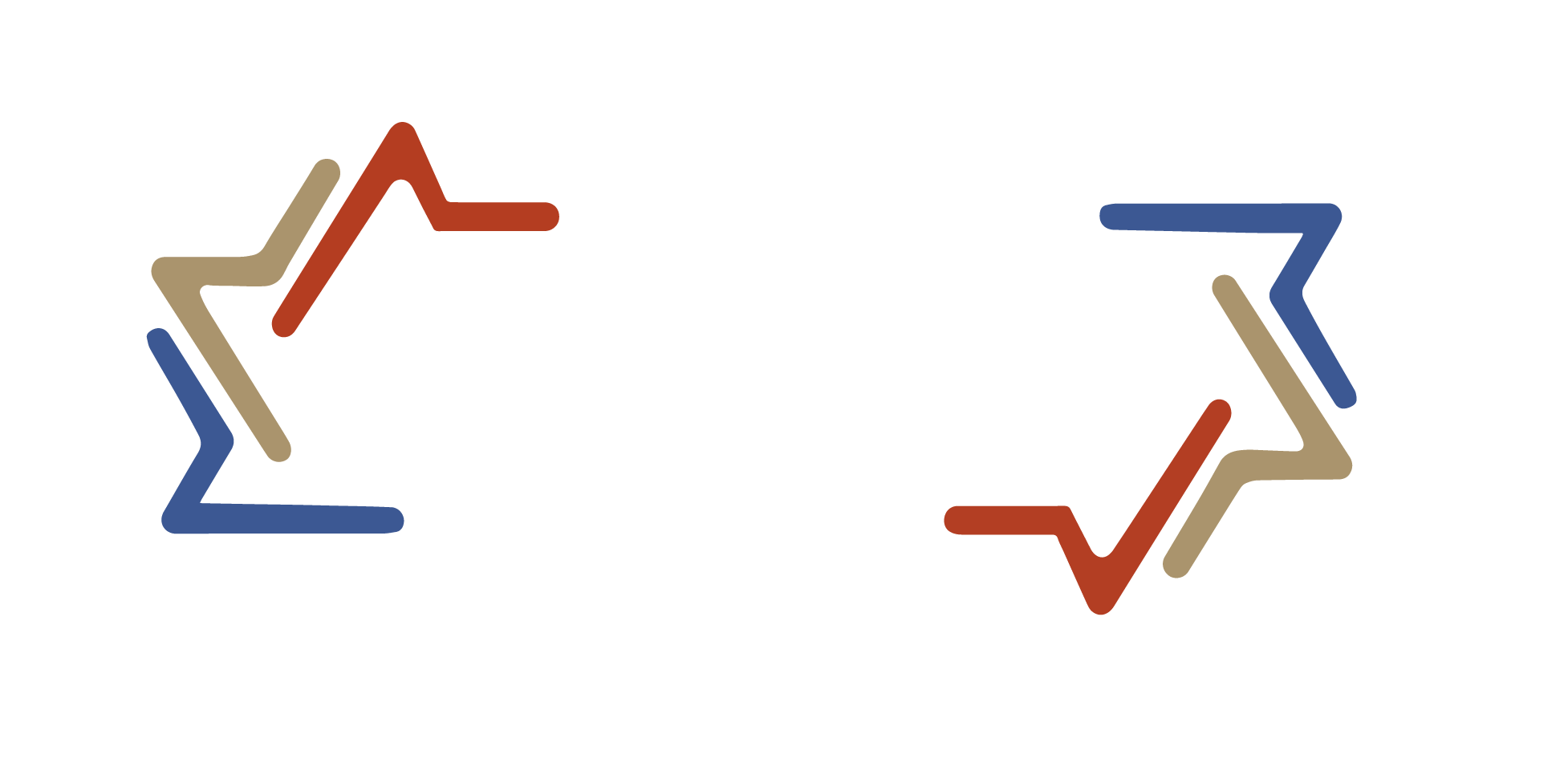Phone
Hours
Mon-Fir: 9 am - 5 pm
Sat-Sun: Closed
Location
Safe Treatments
Step 1: Appointment
The first step to healing your pain is to contact your local pain management specialist. From there they can get an understanding of your pain, come to a diagnosis, and present you with the best treatment options specifically for you.
Step 2: Treatments

After you hear about what treatments they
can offer you, you will want to do some
research on the potential treatments.
Here is a list of the common treatments that
we do in our clinic.
1. Bursa Injections
– The doctor injects a combination
of a corticosteroid and a local
anesthetic near the affected
joint to reduce inflammation and
pain in the area. Bursa injections
only take a few minutes to administer
2. Orthobiologic Treatment
– The goal of Orthobiologic treatment is to promote the natural healing and repair processes within the body, ultimately leading to improved function and reduced pain. The doctor will first obtain a patient’s own platelet- rich plasma (PRP) or stem cells and redistribute it into the damaged bones, cartilage, and tendons. This will aid in the healing of a variety of conditions, including osteoarthritis, tendonitis, and ligament injuries.
3. Trigger Point Injections
– During this treatment, the pain management specialist injects a combination of a corticosteroid and a local anesthetic into trigger points, which are areas of muscle that are tight due to overuse or injury that can cause
pain and discomfort. The treatment will help to reduce inflammation and pain in the area and takes only a few minutes to complete.
4. Nerve Blocks
– Your health provider injects a combination of a corticosteroid and a local anesthetic into a nerve or group of nerves to block pain signals from reaching the brain. This can help to provide temporary or long-lasting pain relief for a variety of chronic pain. The medication helps to numb the area and reduce inflammation, which can provide pain relief for days, weeks, or even months .
The most important step on your journey to a pain-free
life is to move forward with the recommended procedure.
This can be a one-time visit or multiplescheduled appointments
depending on the treatment. Afterward, you’ll be feeling
better than ever.
It’s important to remember that all pain is unique, and recovery time can vary based on the severity of your injury and the type of treatment you receive. It is essential to follow your healthcare provider’s recommendations and communicate any changes or concerns throughout your recovery process.


